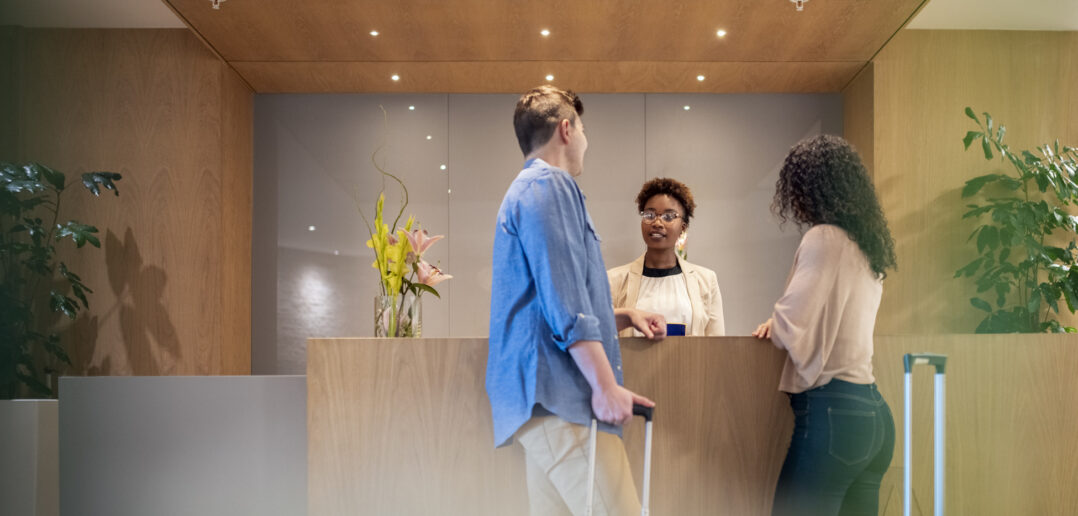What are the odds of bumping into someone you don’t know, but whom might significantly impact your future lifepath? Hotel lobbies have always served as transitional public-private spaces in cities. And for centuries the Hutongs in Beijing and Riads in Marrakech have been vernacular ‘third spaces’. Its these kind of spaces in between which provide the right setting for drinks with friends, a business chat or coincidentally, bumping into a likeminded person you haven’t met before.
There is a new wave of third spaces in our built environment – and they are much needed. Hotel restaurants, like Sister City in NYC, turn their back to boring buffets and translate into a neighborhood restaurant. The lobbies of The Hoxton were getting busier and busier, which made them decide to go full pool on co-working, providing more focus, more dedication, and more facilities to discerning mobile talent.
I wish for any new co-living scheme to set for serendipity. Let’s open the accommodations up. Give back to the neighbourhood, become part of the urban fabric. Why is your co-working for residents only? Can you imagine a community gym? Or a maker space for students and citizens? It’s in the spaces in between where co-living can truly be a petri-dish for innovation.
It was the mayor of Reykjavik, Dagur B. Eggertsson who spoke wise words at a recent NSBO Conference: “You have two types of cities: university cities and dying cities”.
Well, not a lot of significant universities pop-up everyday, but we do see higher education institutions transforming rapidly these days. I really believe that universities have the potential to reinvent cities, and it’s happening. The university is repositioning its role in the city and society, through start-up incubators, living-lab research projects, co-work spaces et cetera. This new civic university is blending spaces for living, working and learning, which is ultimately cultivating holistic ecosystems for talent.
The fundamental here is that quite frankly the only way to make talent stick is future proofing (student) housing supply. Even though housing markets vary strongly from country to country, everywhere in Europe, student accommodation and co-living are paramount ‘spaces in between’. Doing the future of living right is all about providing young people with safe, welcoming and inspirational spaces in their formative years. And by doing so, opening up apartments on the regular rental market and giving these backs to young families living in cities. Compact and communal living spaces are a strong tool for futureproofing the property ladder in cities under pressure, while providing generation Erasmus/X/Y/Z with the best space in between.
All of the above requires a paradigm shift in our policies and politics around talent attraction and retention. For creating sticky cities, we need crossovers in policy making and alignment of departments of higher education, housing, urban planning and economic development. Co-living is a fundamental in tackling the global housing crises – and a powerful tool to turn cities into talent hotbeds. The crux for these crossovers in policy making are exactly these spaces in between. Let’s hope that people in such departments bump into each other a little more often. That’s where serendipity happens.



